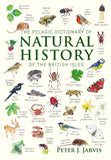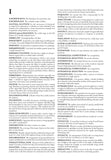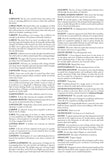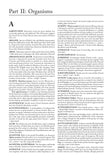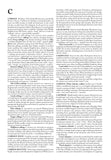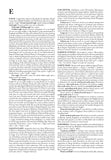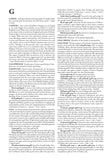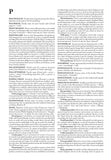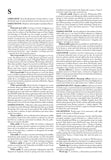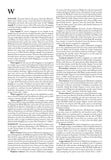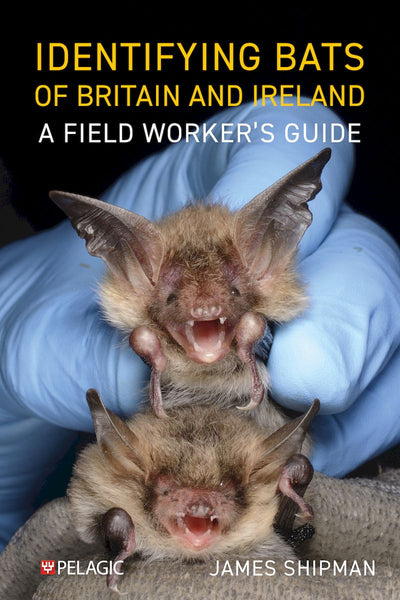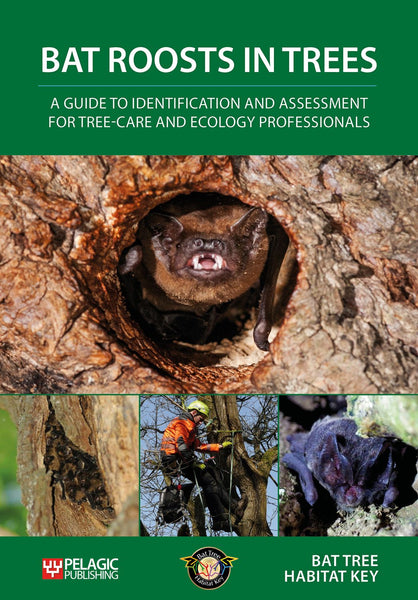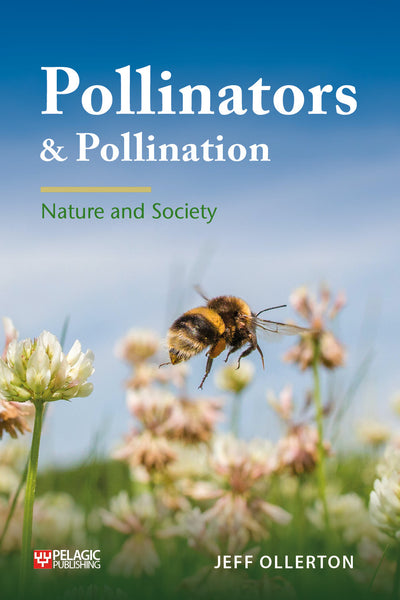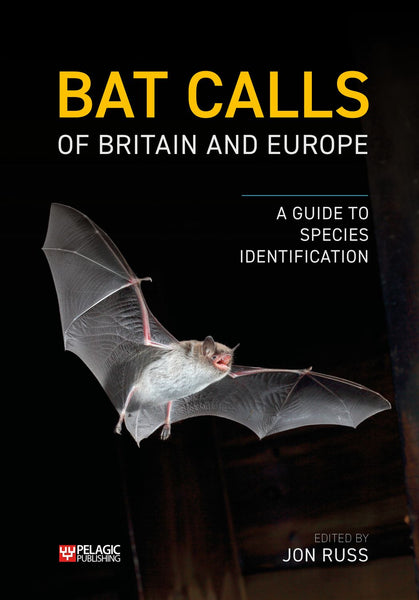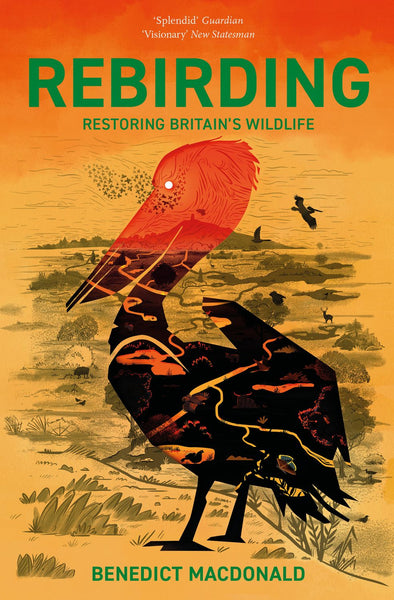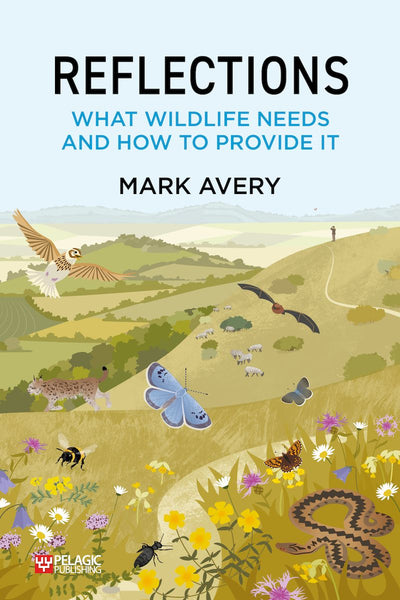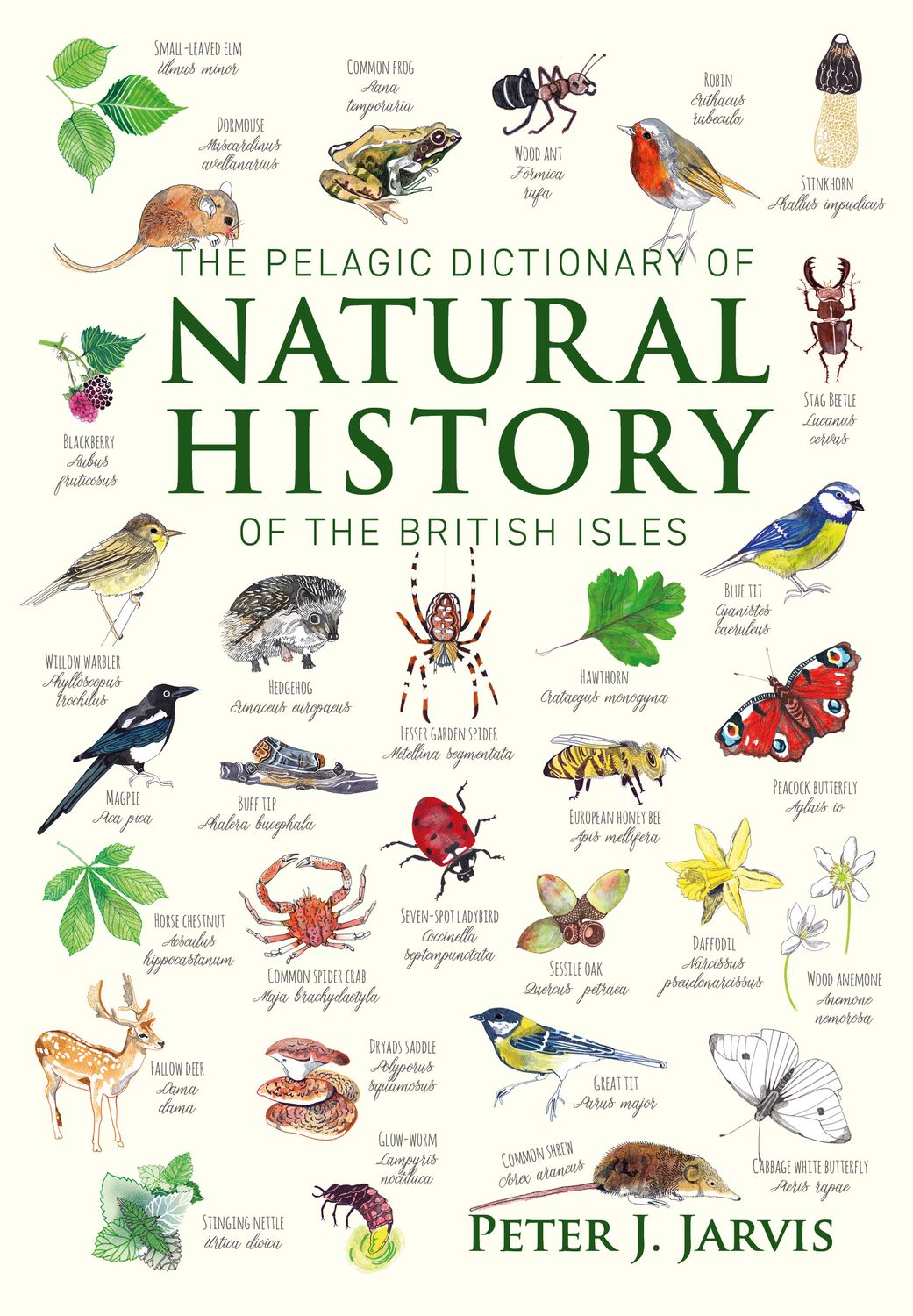
The Pelagic Dictionary of Natural History of the British Isles
Descriptions of all Species with a Common Name
- The only dictionary covering all species in the British Isles
- A unique collection of natural history information
- Perfect for reference and browsing
- An amazing compendium of information about the natural world. It should be on the desk of every amateur naturalist and will extend the knowledge of every professional ecologist.
—Ian Trueman, Emeritus Professor of Plant Ecology, University of Wolverhampton
- Britain
- British Isles
- natural history
- nature
- popular wildlife
- taxonomy
- wildlife
Description
A unique collection of concise but detailed information on 10,000 animals, plants, fungi and algae of the British Isles. Every species with an English common name is included.
The compendium is in two parts. The first, smaller part, looks at various terms that people interested in natural history may come across. The second provides information on individual species or species groups, with entries on those with English (common) names, as well as selected families, orders, classes, etc. In the case of marine organisms, entries are given for intertidal and subtidal invertebrate species, and generally speaking for fish species that might be observed inshore. Indication is often given on distribution as well as whether a species is common, scarce or something in between. For some species a note is made of population size and trends. Comments are made where appropriate on etymology, both of the English name and the binomial.
All British vertebrates are included – mammals (101 species), birds (590), herpeto-fauna (30), freshwater and estuarine fishes (56), together with some coastal fishes. There are around 2,800 entries for invertebrates – some two-thirds being for insects. Most invertebrates do not have common names, so for instance there are entries for only 84 of the over 250 species of bee found in the British Isles. All vascular plants are covered (2,950 species), as are all mosses (around 760), and liverworts and hornworts (288). About 1,000 of the 1,700 known lichen species are included, 1,410 of the 12,000 or so fungi, and some 50 macroalgae (i.e. seaweeds).
No other natural history dictionary or cognate publication relating to the British Isles is as comprehensive in taxonomic cover.
Readership
This book will appeal to anyone with an interest in natural history, especially the meaning and history of natural history terminology.Table of Contents
Preface
Acknowledgements
List of abbreviations and acronyms
Part I: Terms
Part II: Organisms
Bibliography
Reviews
- An amazing compendium of information about the natural world. It should be on the desk of every amateur naturalist and will extend the knowledge of every professional ecologist.
—Ian Trueman, Emeritus Professor of Plant Ecology, University of Wolverhampton - This is a book every UK household should have if we are to reclaim our island for all the creatures and plants that live here. This one’s a keeper.
—Fatbirder - I will use it a lot in future because I need a bit of information on lots of species and this will be a good place to start. And although it is fact-packed and I haven’t found any jokes in the text so far, I have found myself reading the entry for one species or group of species and then the next, and the next and …
—Mark Avery - Gives an excellent picture of biodiversity at the start of the twenty first century, and something to be used either as a reference book, or the perfect book to pick up and dip in and out.
—Patricia MacDuff, British Naturalists' Association
About the Author
Peter Jarvis has an academic background in Geography and Environmental Science and was latterly an Honorary Research Fellow at Birmingham University. He was President of the Birmingham Natural History Society and has sat on the national committees of UK Man and the Biosphere (Urban Programme) and the Royal Society for Nature Conservation. His output includes refereed academic articles, wildlife journalism and several books, including Ecological principles and environmental issues (2000).
Bibliographic Information
 549 pages
549 pages - BISAC NAT037000, 1.1.2.0.0.0.0., SCI087000
- BIC WNC, 1DBK, PSAB, CBD






